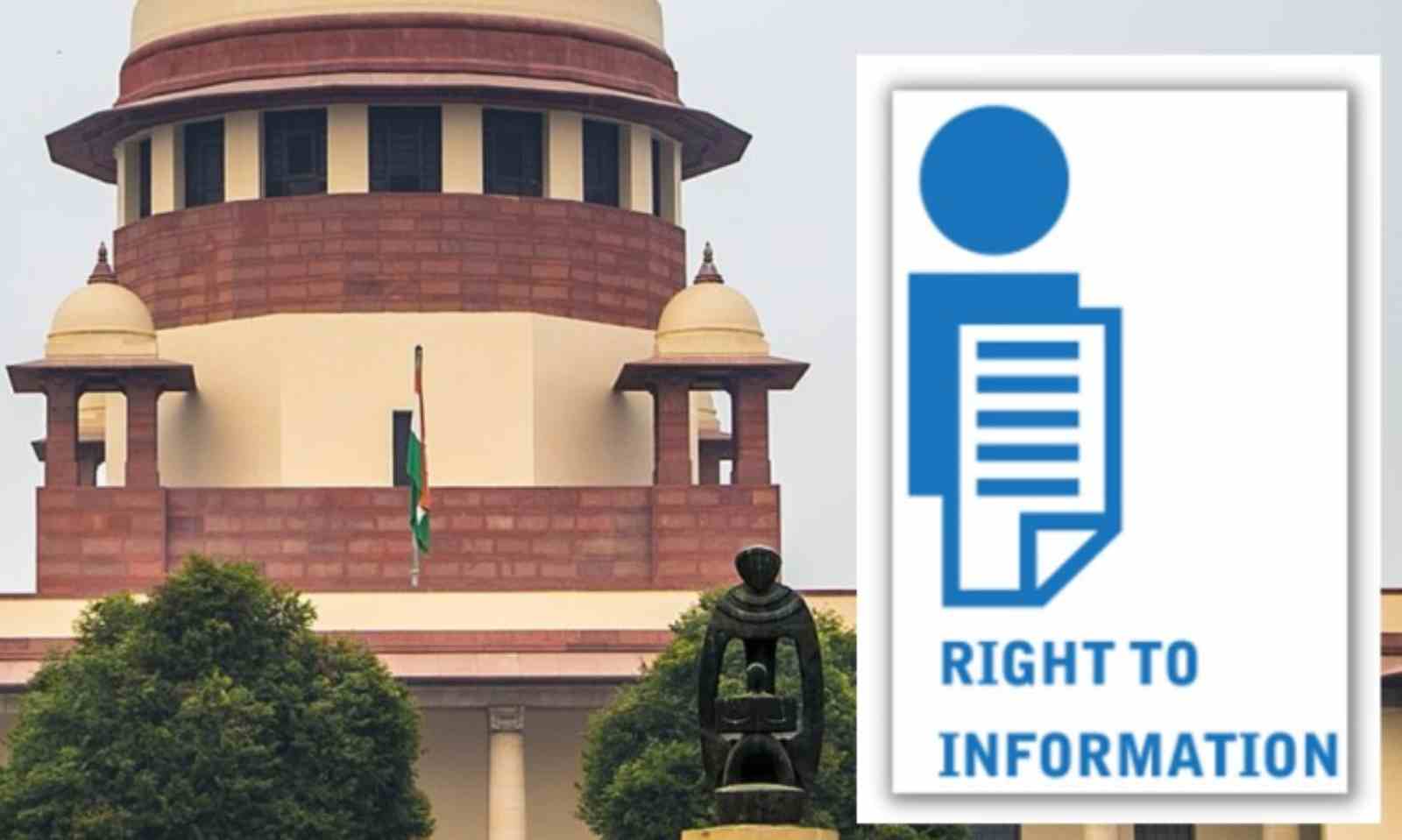The Indian Supreme Court was established in 1950. IT-enabled services have enabled the Apex Court and the Government of India to bring justice to every citizen’s door through improved judicial institutions and efficiency. The computerization of the judiciary has been ongoing since 2007 when the first phase of e-Courts was introduced. The second phase got implemented in 2015, and now phase three has been sanctioned. Providing an online record of judgments at the click of a mouse, even in regional languages, is the priority. The goal is transparency and the use of technology. The most recent addition is an online RTI portal, which will be available in all courts within three months. Transparency is the strength of the judicial process, and every effort is being made to maintain it at every step. Many High Courts have already made RTI portals and are processing the applications only in this mode. The use of technology is indispensable now, and these kinds of services make the best use of time and technology. When digital payments are accepted and RTI portals have been developed by some High Courts, setting them up by others will be an easy job as they can take help from these courts. These are small gestures that go a long way toward establishing trust. The public in remote areas can take advantage of the opportunity. It will be a great relief for people living in remote areas where distances do matter. Apex Court is well aware of the importance of technology, and it is leaving no stone unturned to acquire and use it. Step by step, we have already moved to virtual courts, and all these measures will lead to better utilization of judicial time.


